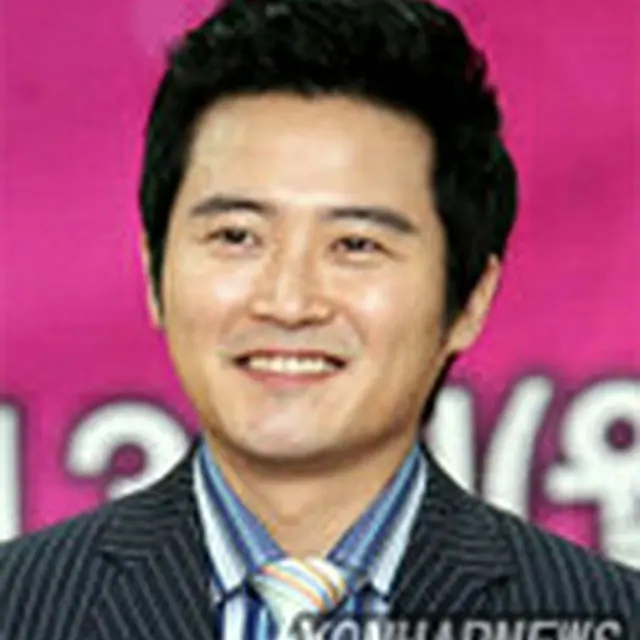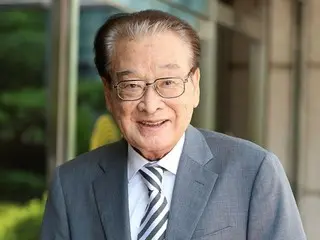Hur Jun
- English:Hur Jun
- Korean:허준
- Original Network: MBC(1999)
- Aired: 1999/11/29 - 2000/06/27
Cast
Summary&Synopsis
Heo Jun (Korean: 허준) is a TV Series. Broadcasting started on November 29, 1999. The broadcast ended on June 27, 2000. The broadcasting station is MBC (1999).
A human TV series depicting the life of Ho-joon, who went from being a crash victim to becoming the best doctor in Korea. Although Heo-joon was born as the son of a county chief, he is despised because he is the son of a low-ranking concubine.
(Jung Kwang-ryul). Although he is admired for his knowledge and courage, he spends his days in a depraved manner, drowning in alcohol and women. However, such a daily life is like Lee Da Hee (Hong), a daughter of yangban (aristocratic class).
Everything changes when he meets Junmin). The two fall in love after helping Da-hee, who is involved in drug smuggling for her sick father.
However, Ho-joon is expelled from his hometown for being part of the group of rebels, and decides to become a doctor in order to help the poor people in the shadows of the mountains. The pain of being bullied by peers
While working as a menial worker, Ho-joon reunites with Da-hee, who continues to travel in search of him. . Korean TV Series “Heo Jun” is the first Korean TV series to have the highest viewership rating of over 60%.
This is a hugely popular national TV series that still ranks fourth in viewer ratings of all time. The story of writing the 25 volumes of the Dongui Bogam, a collection of Korean medicine that had a great influence on today's Oriental medicine, is nothing more than a success story.
This is a masterpiece of the taiga TV series, which is not only a story but also a TV series-like story full of imagination. Directed by the Korean TV series “The Vow of Court Lady Jang-geum,” which continues to be popular even today.
Lee Byung-hoon created the.
Heo Jun (許浚, 1539 – October 9, 1615) was a medical officer of the mid-Joseon Dynasty. He wrote Donguibogam, and in addition to Donguibogam, he received orders from his ancestors.
After the end of the Japanese invasions of Korea, efforts were made to restore, compile, and organize various Chinese medical books and existing medical books. In addition, the medical book “Eonhaeduchangjipyo” written in Korean.
He also wrote 《Eonhae Taesanjipyo》, a medical book related to obstetrics and gynecology, and 《Eonhae Gugeubang (諺解救急方)》, a basic family medicine book.
A human TV series depicting the life of Ho-joon, who went from being a crash victim to becoming the best doctor in Korea. Although Heo-joon was born as the son of a county chief, he is despised because he is the son of a low-ranking concubine.
(Jung Kwang-ryul). Although he is admired for his knowledge and courage, he spends his days in a depraved manner, drowning in alcohol and women. However, such a daily life is like Lee Da Hee (Hong), a daughter of yangban (aristocratic class).
Everything changes when he meets Junmin). The two fall in love after helping Da-hee, who is involved in drug smuggling for her sick father.
However, Ho-joon is expelled from his hometown for being part of the group of rebels, and decides to become a doctor in order to help the poor people in the shadows of the mountains. The pain of being bullied by peers
While working as a menial worker, Ho-joon reunites with Da-hee, who continues to travel in search of him. . Korean TV Series “Heo Jun” is the first Korean TV series to have the highest viewership rating of over 60%.
This is a hugely popular national TV series that still ranks fourth in viewer ratings of all time. The story of writing the 25 volumes of the Dongui Bogam, a collection of Korean medicine that had a great influence on today's Oriental medicine, is nothing more than a success story.
This is a masterpiece of the taiga TV series, which is not only a story but also a TV series-like story full of imagination. Directed by the Korean TV series “The Vow of Court Lady Jang-geum,” which continues to be popular even today.
Lee Byung-hoon created the.
Heo Jun (許浚, 1539 – October 9, 1615) was a medical officer of the mid-Joseon Dynasty. He wrote Donguibogam, and in addition to Donguibogam, he received orders from his ancestors.
After the end of the Japanese invasions of Korea, efforts were made to restore, compile, and organize various Chinese medical books and existing medical books. In addition, the medical book “Eonhaeduchangjipyo” written in Korean.
He also wrote 《Eonhae Taesanjipyo》, a medical book related to obstetrics and gynecology, and 《Eonhae Gugeubang (諺解救急方)》, a basic family medicine book.







